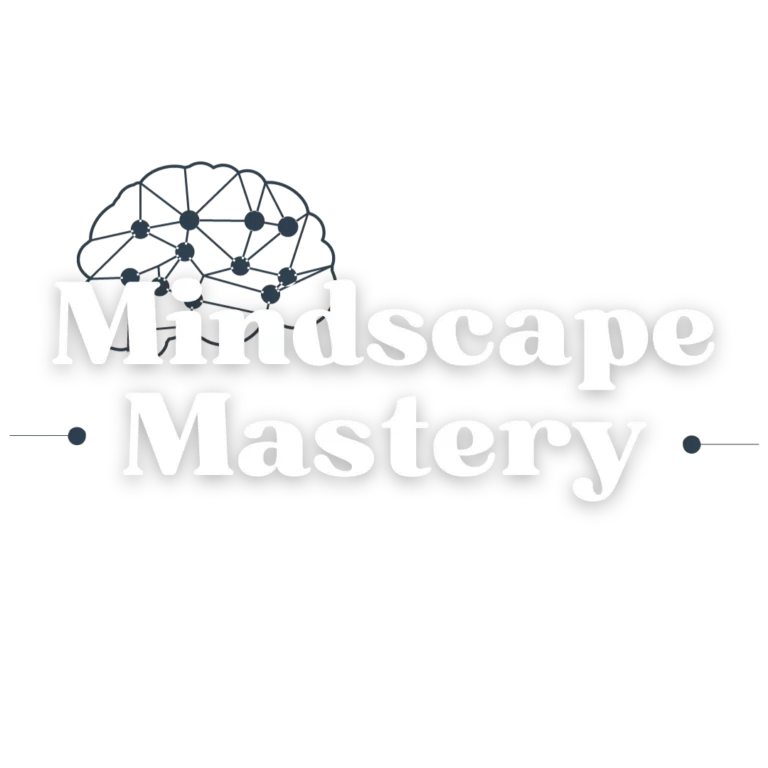
Creative Brilliance with Mind Mapping
Mind maps are dynamic visual tools that enhance learning for students and boost efficiency in the corporate world. For students, they aid memory retention and effective note-taking, fostering a holistic understanding of subjects. In the professional realm, mind maps serve as versatile frameworks for project planning, idea generation, and strategic thinking, promoting seamless collaboration and clear communication across teams.

Catalyze Corporate Excellence
Our Mind Mapping services bring clarity, collaboration, and innovation to every department, fostering a culture of excellence throughout your organization.
Project Management Efficiency
Visualize project timelines, tasks, and dependencies for seamless coordination
Strategic Planning Precision
Outline goals, identify initiatives, and enhance scenario planning
Dynamic Problem Solving
Analyze complex issues, map solutions, and facilitate collaborative sessions

Human Resources Efficiency
Visualize organizational structures, map employee skills, and optimize HR processes
Facilitated Meetings
Plan meetings with visual agendas, capture discussions, and enhance collaboration
Sales and Marketing Visualization
Visualize sales strategies, customer journeys, and organize sales processes
Navigating the Art of Mind Mapping
Discovering the Power of Visual Thinking

Define the Purpose and Scope
Clarify the Objective: Clearly understand the purpose of the mind map. Is it for brainstorming, planning, problem-solving, or organizing information?
Identify Scope: Determine the boundaries of your mind map. What specific idea or problem will it address?
Gather Information
Brainstorm Ideas: Start with a central idea or problem statement in the center of the page. Generate a list of associated ideas, concepts, or issues related to the central theme.
Organize Ideas: Group related ideas together. This can help in identifying categories or themes within your concept.
Capture Keywords: Extract keywords or key phrases from each idea. These will become the main branches of your mind map.


Create a Basic Structure
Use Visual Hierarchy: Place the most important or overarching concept in the center. This is often the main problem or main goal.
Establish Main Branches: Create main branches for each key category or theme identified in the brainstorming phase.
Connect Sub-branches: Extend branches to create sub-branches for more detailed information. This adds depth to your mind mapping.
Add Detail and Visual Elements
Elaborate with Information: Add details, explanations, or examples to each branch. Use concise phrases to keep it visually appealing.
Incorporate Keywords: Integrate the keywords identified earlier into the appropriate branches. This enhances clarity and conciseness.
Utilize Visual Elements: Include icons, images, or colors to represent concepts visually. This can aid memory and make the mind mapping more engaging.


Review and Refine
Check Coherence: Review the mind map to ensure logical flow and coherence. Make adjustments to the layout if necessary.
Simplify if Needed: Keep the mind map simple and focused. If it becomes too complex, consider breaking it into multiple maps or refining the structure.
Gather Feedback: Share the mind map with others to gather feedback. This can provide new perspectives and improvements.
Inspiring Mind Map Creations
Explore the World of Limitless Inspiration through Mind Maps









